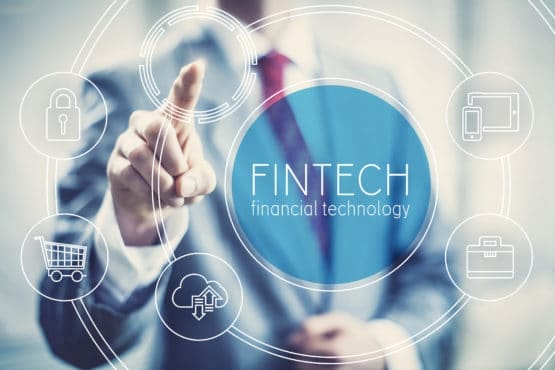Once upon a time, people primarily relied upon cash and paper checks to pay for goods and services. They drove to banks to move money in and out of their accounts. But thanks to the rapid evolution of payment technology, making purchases and moving funds with a thumbprint or a click of a button is the new normal.
While successful strategies in the consumer-to-business (C2B) world won’t always translate to the business-to-business (B2B) space, it’s becoming increasingly clear that businesses on both sides of a B2B transaction can benefit from some of the payment innovation we’re already familiar with in C2B.
People Want A Faster, Simpler Purchasing Process
Buyers are well-adjusted in the ePayments world. They’re leveraging EFT (Electronic Funds Transfer) payments with direct deposit and auto draft for subscription services, paying their friends digitally with P2P (Peer to Peer) mobile apps like Venmo and PayPal, and adopting the concept of an entire eWallet at a steadily increasing rate.
Thanks to this new prevalence of ePayments in the consumer world, we are seeing increased interest and even demand for this same experience in the B2B world.
And similar benefits abound for both parties involved in a B2B ePayment transaction, whether that’s moving money directly between accounts through Automated Clearing House (ACH), a virtual credit card or soon our new real-time payment rails offered by the Clearing House.
Benefits for the Payer:
- Streamlined workflow: Approval processes are simplified by enabling multiple teammates inside a company to effortlessly review, approve, query, and route important payments.
- Cost savings: By making electronic payments, businesses can achieve significant cost savings over older payment methods like paper checks, which carry the high cost of security and processing, material costs in elements like stamps and envelopes, and labor costs from employee time dedicated to executing the payments.
- Simplicity: Digital payments are unencumbered by the postal service and don’t have to be signed by the controller or CFO with a pen.
Benefits to the Payee:
- Visibility: Knowing where the payment is in the process and when it will arrive allows for more certainty in cashflow planning, and digitized payments makes this easy.
- Faster payment: Paper checks take days to process and it can take a week or more to reach a vendor. But receiving payments in the form of virtual credit cards happens nearly instantaneously, as will real-time ACH.
- No wasted effort: No longer will the recipient need to manually look in the mail for expected payments to arrive or travel somewhere to cash or deposit checks into company accounts.
Information Security Is More Important Than Ever
As consumers have grown more comfortable with this ePayment world, they’ve also become acutely aware of the countless breaches, rampant fraud and thousands of thieves looking to cash in on their personal and financial information. They are taking the extra step to ensure that each payment method they’re involved with is safe and secure.
It may surprise some of them to learn, then, that the riskiest payment method in today’s intimidatingly tech-savvy world is actually the most antiquated. Even though businesses and consumers are both at risk for data breaching and payment fraud, according to the Bureau of the Fiscal Service, “You are 125 times more likely to have a problem with a paper check than an electronic payment.”
Companies that process physical payments from individual or business customers often keep card information on file, adding susceptibility to hackers on top of the risks that already come with many hands touching a paper check as it makes its way from A to B.
Similarly, buyer and procurement teams often attempt to manage account numbers for the accounts of their suppliers. Not only is this costly. It adds risks as those account numbers must be protected. But ePayment options can leverage sophisticated security processes like tokenization, which replaces card details with a set of randomly generated numbers, to add an extra layer of protection to critical customer information.
The PCI Security Standards Council has compliance standards for all tokenization systems, including strong security measures for card data; a secure, trusted internal network; and standardized alerts for any risks. Tokenization also comes with a low cost and end-to-end security – big bonuses as businesses place big bets on electronic payments in the B2B World.
ePayment Consumption Insights Can Inform Important Business Decisions
Services like Square make data collection from ePayments simple for businesses, providing them with rich customer insights that can inform key decisions for efficient use of vendors, faster access to funds and full visibility into the ROI on goods.
The same is true for the B2B market – especially in the procure to pay process. Businesses are learning how to survive the B2B world with data and automation to help make the right buying decisions. Businesses must choose vendors and services to help them maximize growth and minimize product costs. Using data and research to make the right vendor decision is essential to maximum growth and minimum cost.
Automating Accounts Payable Processes Can Help
Using the AvidXchange™ suite of AP and Payment Automation tools boosts efficiency and gives businesses the data and insight needed to make informed vendor and purchase requisition decisions.


